Oxycotine 40 -80mg Overview
- Oxycotine 40 -80mg is a morphine-like, strong pain-relief medicine used for the relief of severe pain that is unresponsive to less potent pain-relief medicines (analgesics). Oxycodone is relatively selective for the mu opioid
- OxyContin is a brand (trade name) of controlled-release oxycodone. OxyContin releases oxycodone slowly over 12 hours.
- receptor, although it may bind to other opioid receptors at higher dosages. Oxycodone is a full agonist at the mu receptor (full agonists have a larger effect at higher dosages).
- OxyContin belongs to the group of drugs known as opioids or opioid analgesics. Oxycontin may also be called a narcotic analgesic.
Uses of Oxycotine 40 -80mg
- Oxycotine 40 -80mg is used to relieve pain that is severe enough to require daily, round-the-clock, opioid-like treatment in people whose pain is not relieved by less potent pain-relief medicines.
- Effective against severe pain including pain caused by cancer.
- Oxycotine 40 -80mg is long-lasting and only needs to be taken twice a day.
- Less likely to cause an itchy rash compared to other opioid-like medicines, such as morphine.
- Approved for use in adults and pediatric patients aged 11 years and older who have already tolerated immediate-release oxycodone but require around-the-clock pain relief.
- OxyContin has been manufactured in a way that makes it difficult to be misused by drug seekers. The tablet is difficult to crush or break and forms a thick, sticky gel if mixed with water which means it cannot be injected.
- Generic OxyContin is available (the generic name of OxyContin is oxycodone hydrochloride extended-release).
Side Effects
If you are between the ages of 18 and 60, take no other medication or have no other medical conditions, side effects you are more likely to experience include:
- Sedation, which may impair your reaction skills and affect your ability to drive or operate machinery. Avoid alcohol as the combination can lead to dangerous or fatal side effects.
- Other common side effects include constipation, dizziness, nausea, vomiting, and confusion. Oxycontin can lower blood pressure, which may increase your risk of falling. May also cause flushing, red eyes, sweating, and an itchy rash (although it is less likely than other opioids to cause a rash). OxyContin may also cause insomnia, anxiety, and abnormal dreams. May increase the risk of seizures in people with seizure disorders.
- Oxycotine 40 -80mg should only be used by people who have already tried and tolerated shorter-acting forms of oxycodone and who have severe pain requiring round-the-clock pain relief. OxyContin should not be taken on an ‘as needed’ or ‘as required’ basis.
- Oxycotine 40 -80mg is habit-forming (addictive), even at prescribed dosages. It has a high abuse potential, and personal legitimate supplies of OxyContin may be sought out by drug seekers.
- Respiratory depression (suppressed breathing), which may be fatal or life-threatening can occur with OxyContin use. The risk is greatest during the first 24 to 72 hours after drug initiation. After a dosage increase, or with overdosage. Children, the elderly, the frail, or those with pre-existing respiratory disease are more at risk.
- It may be difficult for doctors to work out the correct dosage of Oxycotine 40 -80mgthat is needed especially when transferring from another opioid-like pain medication. OxyContin is best started at a low dosage (10mg twice daily) and titrated up as needed.


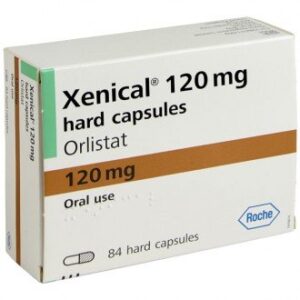


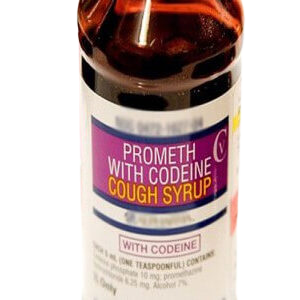
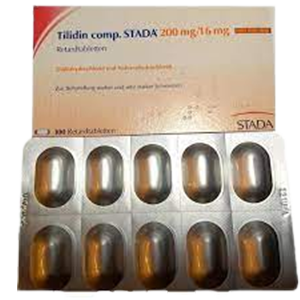
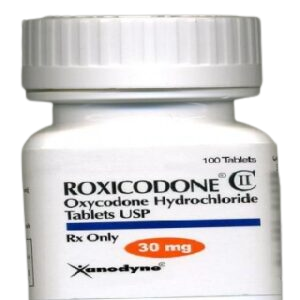


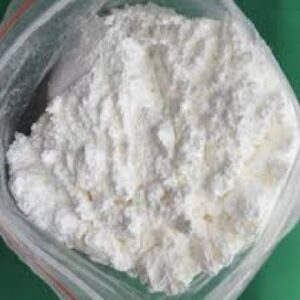
Reviews
There are no reviews yet.